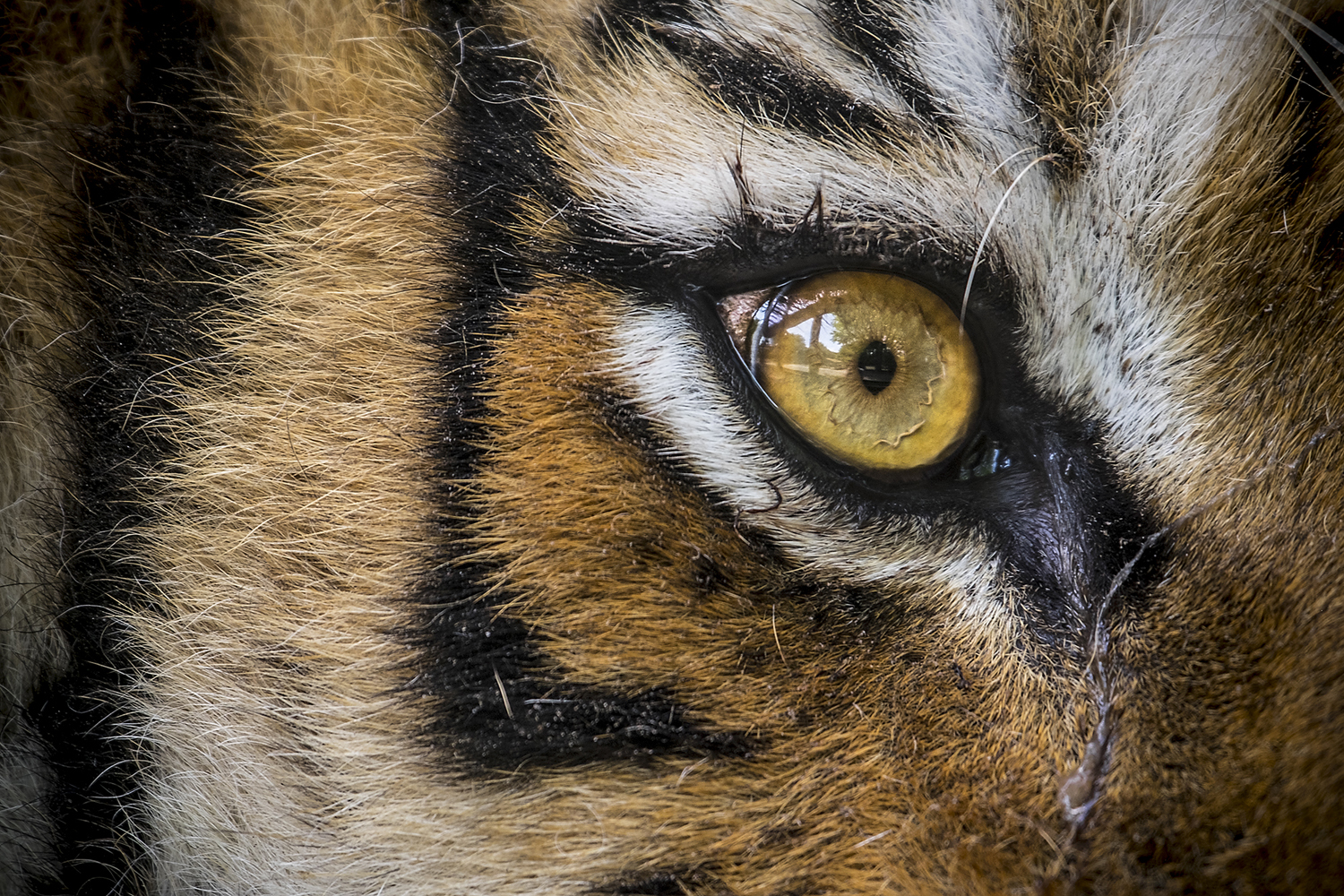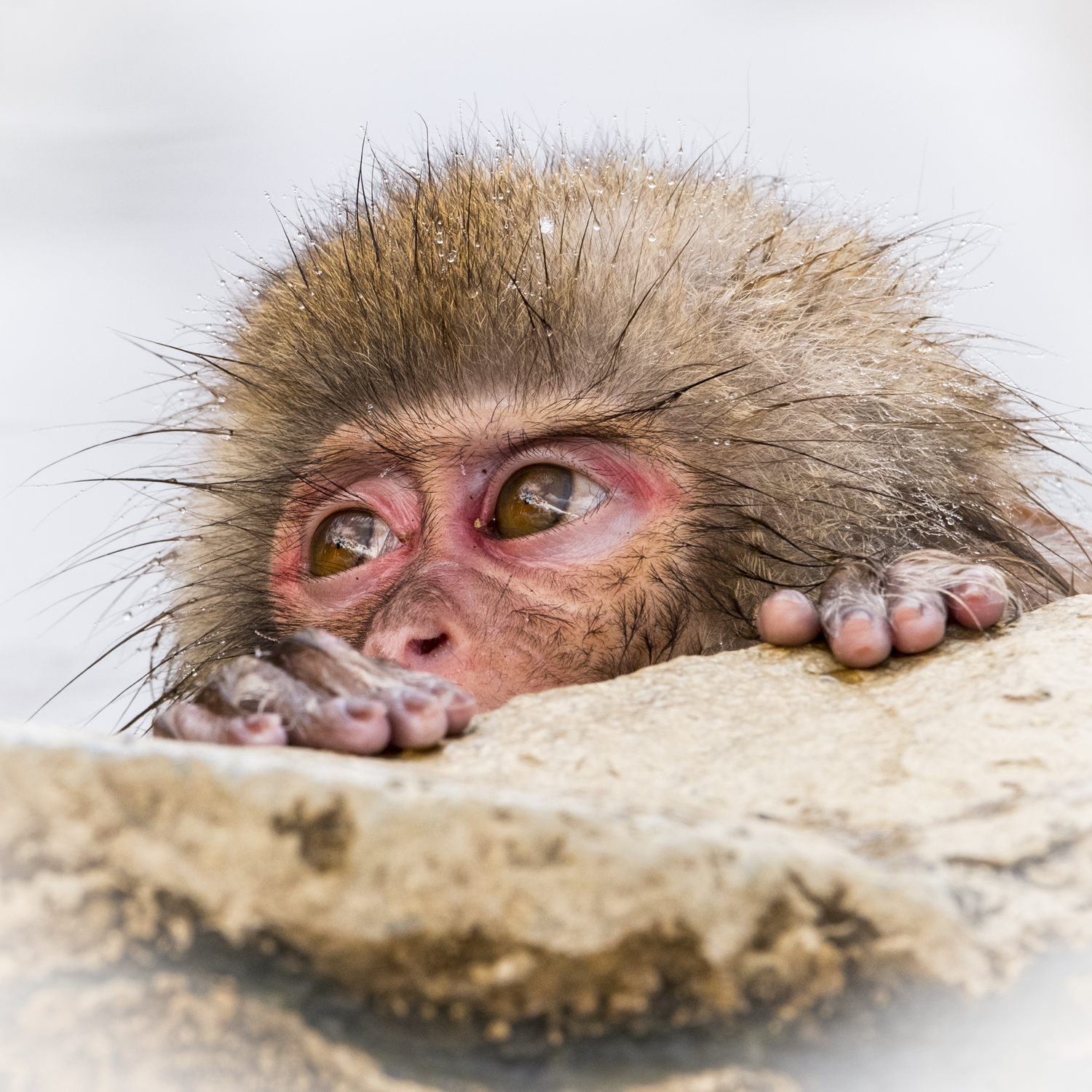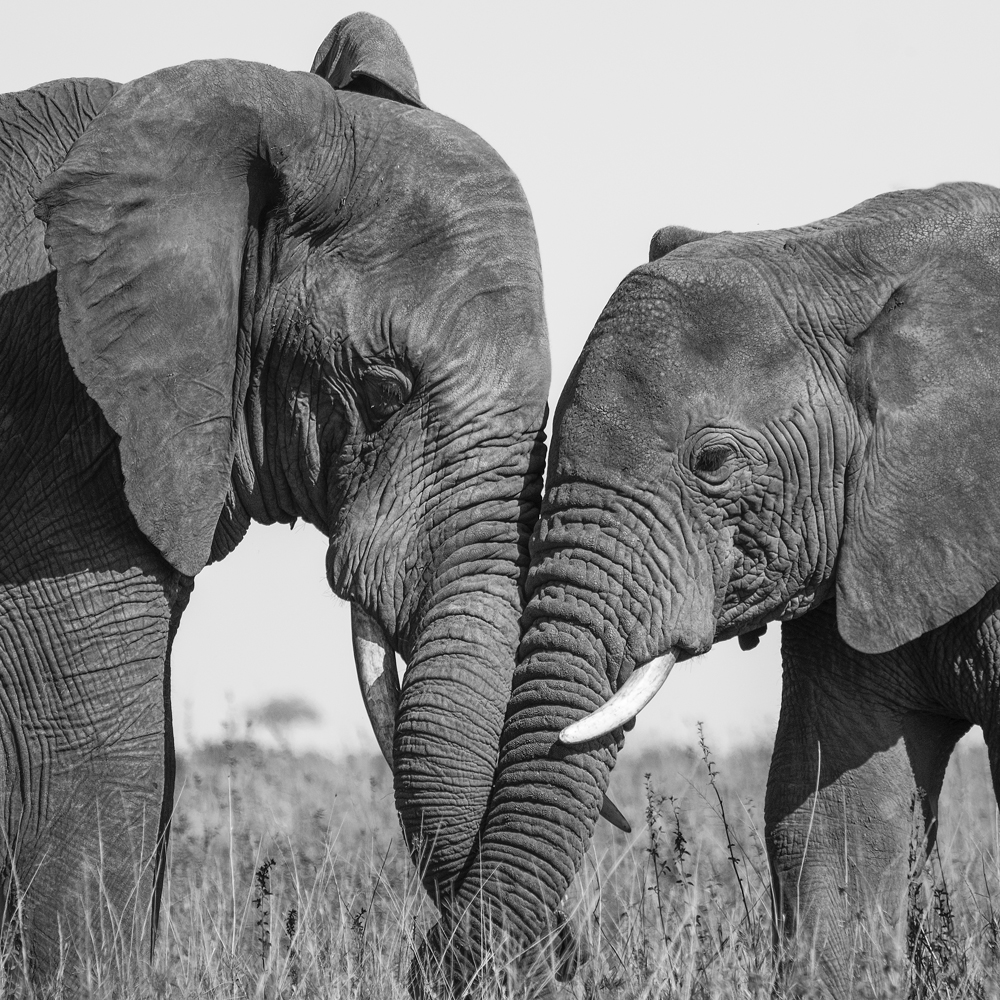A question I’m asked a lot is, what’s my “go to” lens, the one I cannot work without? Although Wildlife Photography is synonymous with huge, great big telephoto lenses, my answer is unequivocal. When I’m packing to go an assignment, the first lens into my camera bag is always the same – the XF50-140mmF2.8 short-medium telephoto zoom. It’s my workhorse lens, which may seem strange, given my specialist subject, but there are very good reasons.
Technically, super zooms are not the easiest lenses to use when you’re humping through a jungle in 40º heat and 100% humidity, or chasing snow leopards 15,000-feet up a mountain. They’re big and heavy and unwieldy. And, on top of that, all that magnification intensifies camera shake, which makes a tripod almost obligatory. And none of this makes for stealthy fieldcraft. But, technicalities aside, there’s a more important reason I avoid super zooms, preferring instead to use smaller lenses and shorter focal lengths.
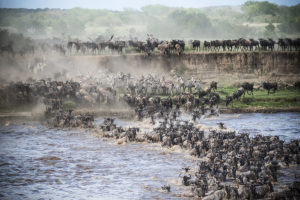
FUJIFILM X-T2 + XF50-140mmF2.8 R LM OIS WR – at 1/60 sec. at F5.6, ISO 800
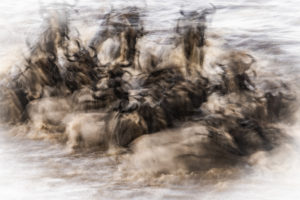
FUJIFILM X-T2 + XF50-140mmF2.8 R LM OIS WR – at 0.3 sec. at F36, ISO 200
The purpose in photography is capturing the moment, and to capture the moment you have to be in the moment, which I’ve always found difficult to achieve if I’m standing 100-yards away with a metre-long, 8-pound hulk of glass attached to the front of my camera. I like to get involved when I’m photographing wildlife; to be a part of the action, rather than a voyeur of events. On this point, I’m with legendary war photographer Robert Capa, who once said, “If your pictures aren’t good enough it’s because you’re not close enough.” I like to be close and getting close means using a lens that takes me there.
Being close to the action has two main benefits. Firstly, it makes the moment more intimate. You feel part of it rather than being a bystander. That sense of belonging means there’s a connection and that connection comes out in the photographs you create. Compare the two images of the wildebeest migration. There is visual narrative in both but the individual stories are very different. In the wider shot, by standing back, I force you into the role of observer. You’re watching the event but you’re not involved in it. In the second shot, where I’m closer to the action, you get much more of a sense of what it’s like in the tumult of the crossing. Applying intentional motion blur adds to the sense of chaos and drama.
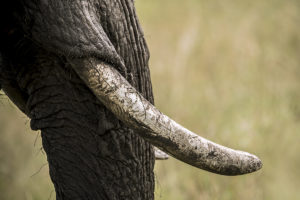
FUJIFILM X-T2 + XF50-140mmF2.8 R LM OIS WR – at 1/160 sec. F5.6, ISO 100

FUJIFILM X-T2 + XF50-1400mmF2.8 R LM OIS WR – at 1/120 sec. at F5.6, ISO 3200
Similarly with the images of the elephants, the leopard cubs and the Japanese macaque. In being physically close to my subjects, I create a personal connection in the field, which turns what, from a distance, would have been record shots into close, intimate portraits.
The second benefit of working inside the moment is the ability to isolate detail, things that are invisible to the casual observer and yet, in which, there is great beauty. And this is where the flexibility of the focal length range of the XF 50-140mm lens comes into its own, enabling tighter crops that cut out distracting visual elements, concentrating the eye on the intended story. Compare the portrait of the elephants with the photograph of the tusk. In the wider shot, the tusks of the elephants are visually overwhelmed by the “bigger picture” – the relationship between the two animals. In the tighter shot, however, detail that goes unnoticed in the portrait is brought to the fore and the intricacy and pulchritude of the tusk is made to stand out.
In everything we look at there is a multitude of stories. As a photographer, my job is to reveal those stories and capture the narrative unambiguously. To achieve that, I need the right tools, which, most of the time, comes in the form of the XF 50-140mm lens. And that’s the reason it’s always the very first lens I pack.
Find out more with Chris at his workshops: https://www.chrisweston.training/















































